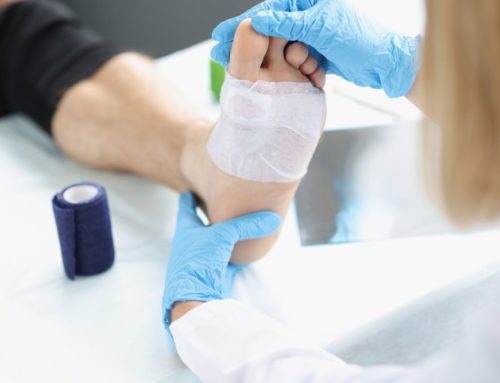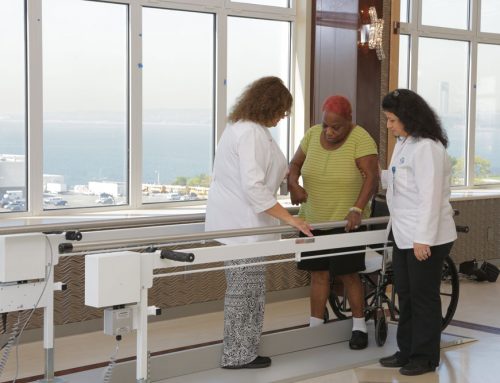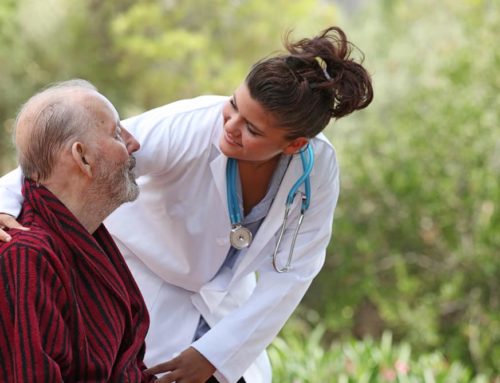Diabetes can lead to a large number of other health problems, one of which is diabetic foot ulcers. Elderly people, in particular, who suffer from diabetes are, for instance, many times troubled by foot ulcers. As these sores can result in the amputation of lower limbs, it is crucial to ensure that you are thoroughly informed about the disease and its side effects.
Why are the elderly at greater risk?
Diabetes is currently one of the largest health problems. In fact, the World Health Organization has predicted that it will become one of the leading causes of death in the next decade. Though, it can be more difficult to identify when an older person is suffering from diabetes as he/she might not display the typical symptoms. Plus, changes relating to aging can disguise certain symptoms.

If an elderly person has been diagnosed with diabetes, it can also be more difficult to treat the condition. For example, physical impairments that are linked with aging could mean that the person is less active which could lead to diabetic foot ulcers. In some cases, it might even be necessary to amputate a toe, foot or part of the leg.
Types of diabetic foot ulcers
Two of the most common wounds that seniors battling with diabetes are at risk for are pressure ulcers and diabetic foot ulcers. Pressure ulcers are quite common amongst seniors who battle with type 2 diabetes. As diabetes can cause nerve damage, pressure on the skin can go undetectable leading to ulcers.
Diabetic ulcers are caused when the foot bones change. It is also very common and can result in toe amputation.
Prevention
It is important that you regularly change the position of the person to help prevent diabetic foot ulcers from forming. This is why regular walks are so important. Not only will walking help to improve blood flow, but it also helps to regulate the blood sugar levels – both of which are crucial when managing diabetes.
Caring for Diabetic Foot Ulcers
If these wounds are not treated properly, it can cause bacteria to spread and cause further complications. Therefore, the right care is crucial.
Although our bodies have their own systems in place to heal wounds, the body of an elderly person has a harder time healing wounds on its own. Not only is the skin of seniors more fragile, but the process of regenerating new cells also takes longer.
In some cases a topical antiseptic can be used to prevent the growth of bacteria. In the unfortunate event of amputation, it is important to clean the wound and change the bandages as specified by the doctor to prevent infection.
As infection can be more prone to spread in a nursing home, the experienced team of Haym Salomon Home for Nursing and Rehabilitation in Brooklyn, NY, will take the utmost of care. We will make sure that any elderly resident with diabetic foot ulcers will receive the necessary wound care.
This content comprises informative and educational resources only and can not be considered as a substitute for professional health or medical guidance. Reliance on any information provided in this article is solely at your own risk. If you have any inquiries or apprehensions about your medical condition or health goals, talk with a licensed physician or healthcare provider.






Leave A Comment